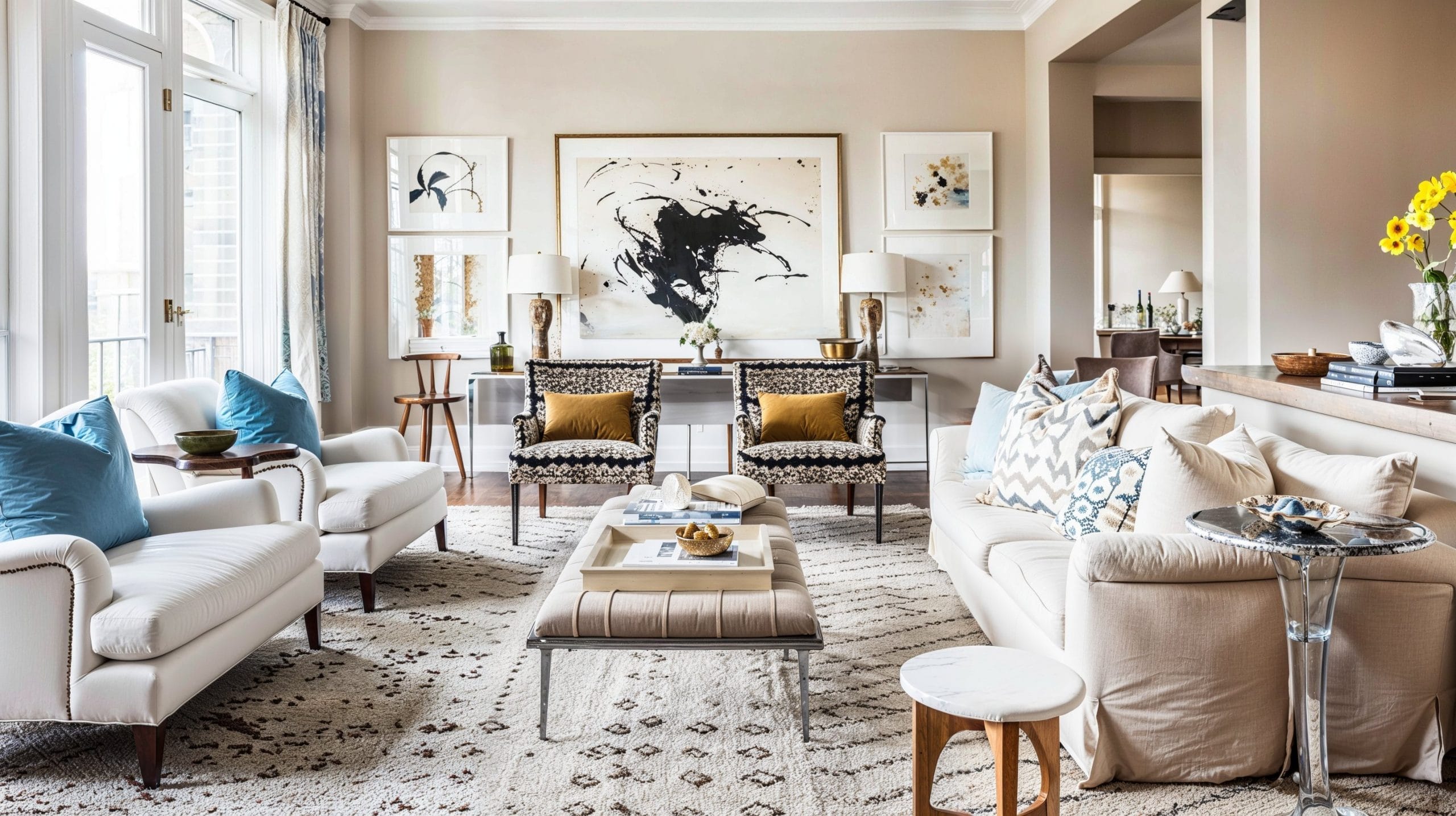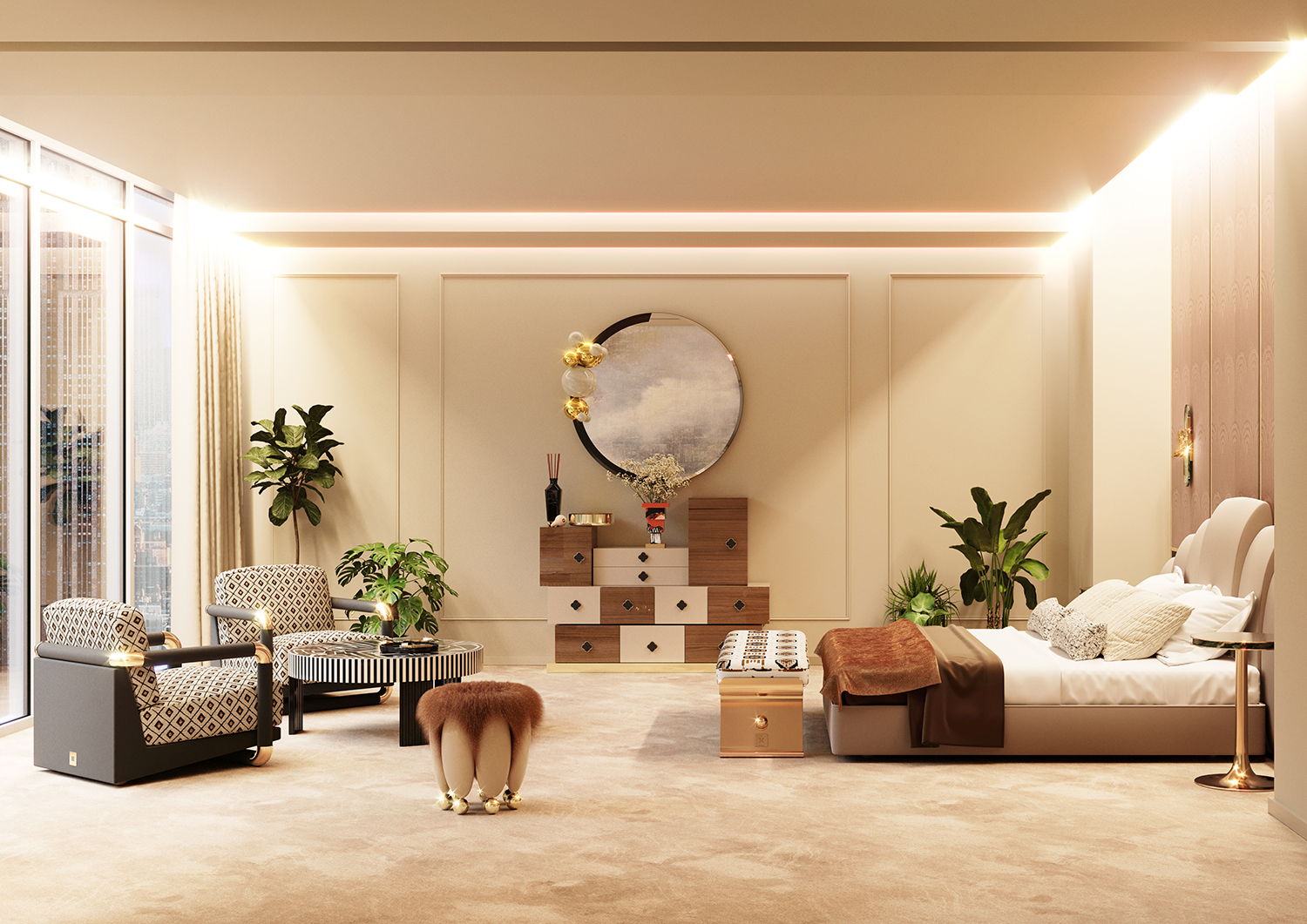Work with an innovative Architecture Firm for cutting-edge and creative designs.
Work with an innovative Architecture Firm for cutting-edge and creative designs.
Blog Article
Transform Your Home With Necessary Principles of Inside Style and Appearances
The art of changing your home with the crucial principles of interior style and aesthetic appeal needs a thoughtful approach that integrates color, balance, and spatial recognition. By recognizing the effect of shade theory and the relevance of structure and patterns, one can create rooms that are not only aesthetically attractive however additionally deeply personal. Attaining this balance involves even more than simple decoration; it includes a calculated arrangement and a keen understanding of just how each component engages within a space. As we explore these fundamental ideas, take into consideration how they may redefine your understanding of home and personal expression.
Comprehending Color Theory
Understanding the concepts of shade theory permits designers to create rooms that reverberate psychologically with passengers while fulfilling functional demands. Each classification plays a crucial duty in developing harmony within a space.
The psychological influence of colors is profound; cozy tones such as reds and oranges evoke energy and heat, while cool tones like blues and greens advertise peace and harmony. Furthermore, making use of corresponding shades improves aesthetic rate of interest, producing striking contrasts that can boost a room's appeal.
Neutral shades, on the other hand, offer as a functional backdrop, permitting other layout elements to radiate. It is vital to think about elements such as lights and the room's objective when selecting a shade palette, as these can modify the understanding of colors throughout the day.
Inevitably, a well-considered shade plan can change a room, promoting a sense of comfort and design that lines up with the residents' choices. Mastery of shade concept is, as a result, a crucial skill for any kind of indoor designer intending to produce harmonious and welcoming atmospheres.
Attaining Equilibrium in Design
Just how can designers achieve a feeling of balance in their rooms? Achieving equilibrium in layout is fundamental to producing unified insides. Designers can use 3 main kinds of balance: symmetrical, unbalanced, and radial. Balanced equilibrium entails setting up components equally around a main point, cultivating a feeling of order and tranquility. This type commonly includes sets of furnishings or art work, boosting aesthetic security.
Unbalanced equilibrium, on the various other hand, relies on differing aspects that still accomplish a cohesive look. This approach enables even more vibrant and casual plans, supplying rate of interest while maintaining balance. By thoroughly selecting differing sizes, colors, and appearances, developers can produce a visually engaging area that feels balanced yet energised.
Radial balance emphasizes a central centerpiece with components emitting outside. This design is generally seen in circular layouts, where furniture and style create a natural surround that attracts the eye inward.
Ultimately, attaining balance calls for thoughtful consideration of range, percentage, and the connections in between elements. Architecture Firm. By skillfully applying these balance concepts, developers can transform rooms into settings that feel both visually pleasing and functionally harmonious, improving the total experience for passengers
Value of Spatial Awareness

An eager feeling of spatial recognition allows designers to determine focal factors within an area, leading the customer's focus to crucial functions while keeping a general feeling of unity. It additionally assists in the tactical placement of lighting, which can considerably affect the understanding of room and state of mind. Recognizing spatial connections enables the developer to provide to the certain requirements of residents, ensuring that each area serves its intended objective without compromising appearances.
Inevitably, spatial understanding is essential for making the most of the capacity of any indoor area. By carefully thinking about the interplay in between dimensions, design, and feature, designers can develop settings that not only satisfy practical requirements but also stimulate a sense of convenience and beauty, improving the total living experience.
Integrating Texture and Patterns
Accepting a varied series of appearances and patterns can substantially enhance the aesthetic and responsive allure of an indoor room. The calculated use numerous materials-- such as timber, steel, fabric, and rock-- creates depth and passion, making a room feel a lot more inviting and dynamic. Incorporating smooth surfaces with rough appearances can establish a balance that attracts the eye and engages the senses.
When integrating patterns, think about both scale and rep. Large patterns can act as prime focus, while smaller sized, subtle styles can enhance various other components without frustrating the room. Layering patterns, such as pairing floral pillows with candy striped throws, includes intricacy and a feeling of consistency if implemented thoughtfully.
It is additionally vital to preserve a cohesive shade combination, making sure that textures and patterns interact instead of contend for attention. By choosing a couple of crucial structures and patterns, you can produce an unified visual that reflects your personal style while improving the total ambiance of the area. Eventually, the cautious consolidation of these components can transform an ordinary space right into an innovative their explanation atmosphere abundant with character and heat.
Personalizing Your Room
Creating a space that mirrors your personality is essential to achieving a truly welcoming atmosphere. Customization in indoor design permits you to infuse your special style and interests into your home, changing it from a plain shelter into a refuge that talks to that you are. Begin by selecting a color combination that reverberates with your emotions-- strong tones can stimulate, while soft tones provide tranquility.
Incorporate art work and decor that mirror your passions, whether it be travel, nature, or abstract principles. Presenting individual collections, such as publications, photographs, or souvenirs, can evoke valued memories and create prime focus within an area. In addition, think about personalizing practical pieces, like upholstered furniture, to align with your aesthetic preferences.

Final Thought
To conclude, the change of a home through the important principles of interior decoration and aesthetic appeal necessitates a thorough understanding of color theory, equilibrium, spatial understanding, texture, and customization. Each element adds considerably to get more creating an unified and functional living setting - miami luxury interior design. By thoughtfully integrating these principles, individuals can improve the aesthetic appeal and psychological vibration of their areas, inevitably cultivating a home that shows unique identities while giving comfort and functionality
Report this page